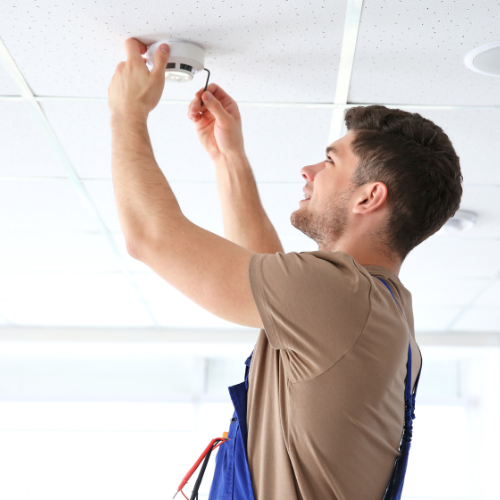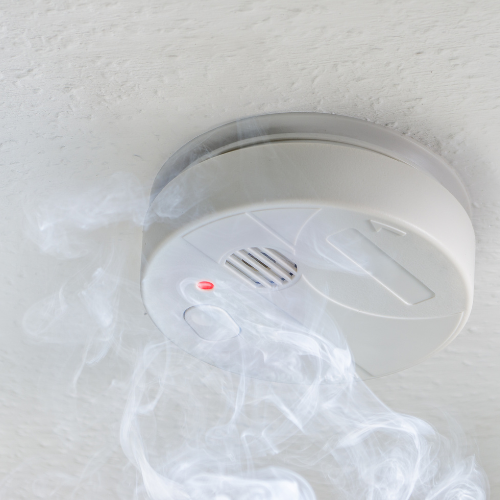Safety in the home is paramount, and one of the fundamental tools for maintaining a secure living space is the smoke and carbon monoxide (CO) detector. These vigilant devices are the silent heroes of household safety, standing guard against threats that could arise at any moment.
However, simply owning a smoke and CO detector isn’t enough. Their effectiveness is directly related to their placement. This guide will walk you through the strategic locations for placing your combination detectors to ensure optimal coverage throughout your home.
Understanding the Threat
Before we dive into the nitty-gritty of sensor placement, it’s crucial to understand the nature of the threats these detectors are designed to counter. Both smoke and CO can permeate a home without a sound, and by the time they’re perceptible, it might be too late. According to the National Fire Protection Association (NFPA), nearly three out of five fire deaths occur in properties without functioning smoke detectors, while the Centers for Disease Control and Prevention (CDC) state that carbon monoxide poising can result in nausea, unconsciousness, and ultimately, death.

The Home Safety Blueprint
Think of your home as a chessboard, with detectors as your strategic pieces. The goal is to position them where they can defend the most crucial zones.
Ground Zero: Kitchen and Basements
The kitchen is a high-risk area for both fires and CO leaks due to gas stoves, ovens, and other appliances. Install a detector within 10 feet of cooking appliances, but not so close that cooking smoke triggers false alarms. Basements, especially those doubling as utility rooms, are also CO hotspots.
Bedrooms and Hallways
The NFPA advises installing smoke detectors in every bedroom, outside each sleeping area, and on every level of the home, including the basement. A CO detector should be placed in the basement and on every additional level of the house. Common areas like living rooms and hallways should also have smoke detectors, serving as early-warning systems and providing precious seconds to evacuate.
Additional Rooms
Detectors should be present in areas like the den or playroom, especially in households with young children. An often-overlooked area is the attached garage. If your living space shares a wall with the garage, it’s a potential source of CO due to vehicle exhaust fumes. A detector in the garage could be lifesaving.

The Technology Behind the Protection
When choosing detectors, you have options. Photoelectric detectors are better at picking up smoldering fires, while ionization detectors are more sensitive to flames. For CO detection, look for electrochemical sensors. A combined smoke and CO detector offers dual functionality with potentially life-saving voice alerts and battery backup. The UL-listed Kidde Smoke & Carbon Monoxide Detector with Voice Alerts is an example of a reliable unit, featuring a tamper-resistant design, a Test-Hush button to silence false alarms, and front-load battery doors for easy replacement.

Regular Checks and Maintenance
Installing detectors in the right places is only the first step. Regular maintenance is key to their continued effectiveness. Check the batteries at least once a month and replace them every six months or when the low-battery warning beeps. Vacuum detectors once a year to ensure dust or spiderwebs don’t interfere with their sensors, and perform a full system test once a month. Most modern detectors have a test button that emits a loud sound when pressed, ensuring they are functioning correctly.
In Closing…
The placement of smoke and CO detectors is a make-or-break for home safety. By ensuring they’re strategically placed and well-maintained, you’re significantly bolstering your home’s defenses against potential threats. The time you spend on this essential safety task is an investment in peace of mind for you and your loved ones.
Stay safe, and stay vigilant. These invisible threats are no match for a combination detector that’s placed just right.


